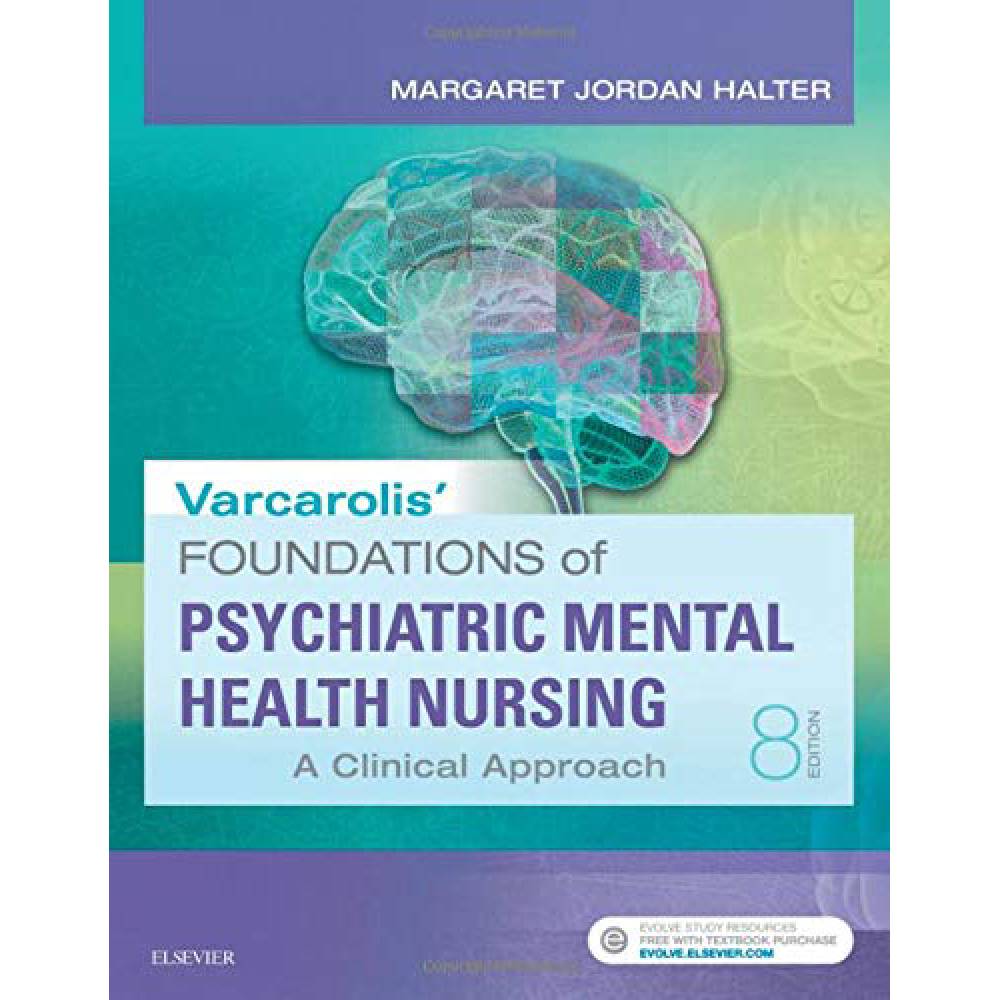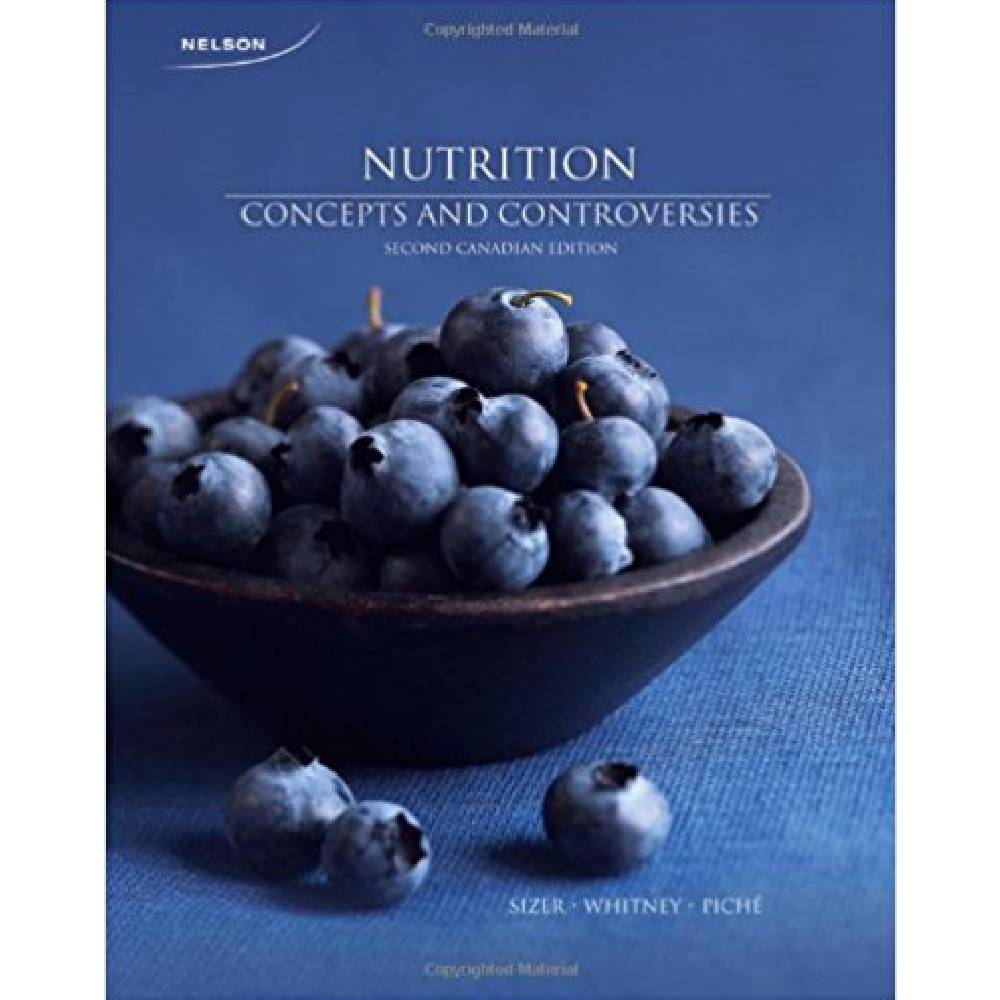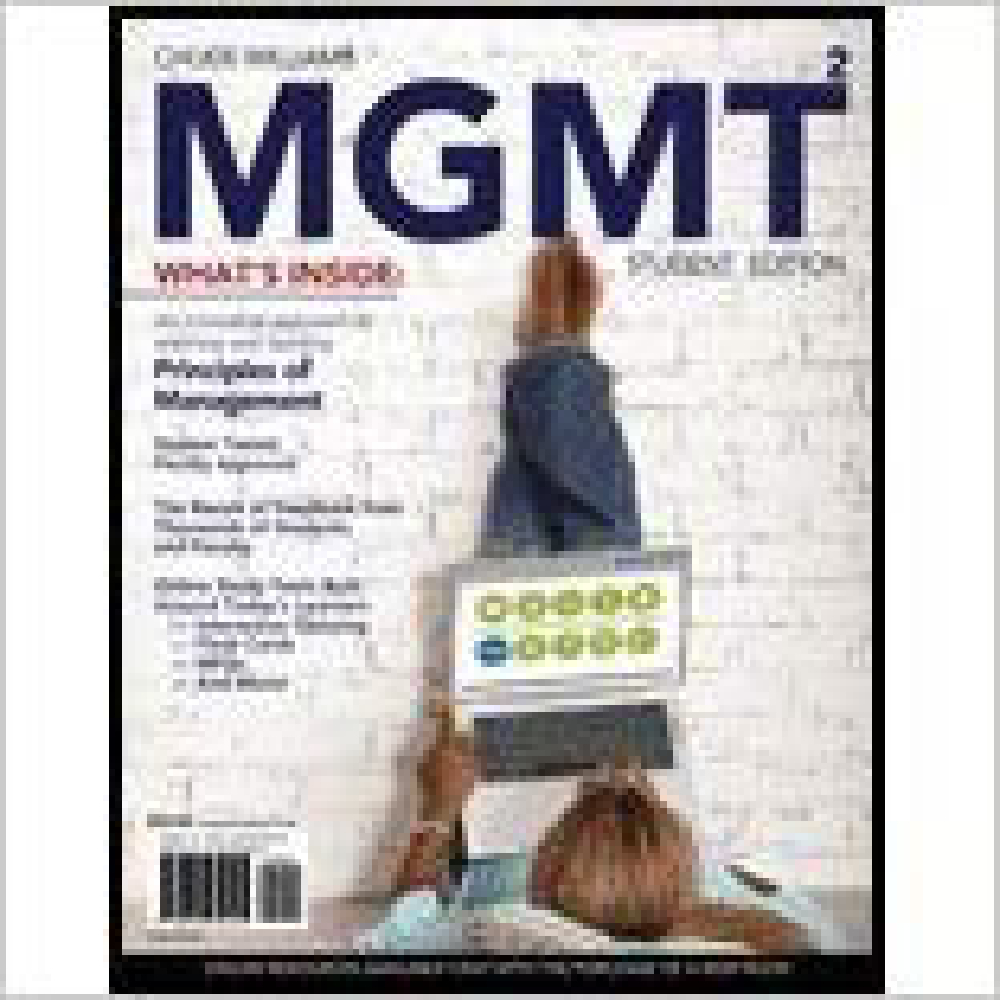MGMT 2009 2nd Edition By Chuck Williams – Test Bank
$55.00
MGMT 2009 2nd Edition By Chuck Williams – Test Bank
You will receive this product within 24 hours after placing the order
MGMT 2009 2nd Edition By Chuck Williams – Test Bank
Chapter 11—Managing Human Resource Systems
TRUE/FALSE
1. Human resource management (HRM) is the process of finding, developing, and keeping the right people to form a qualified work force.
ANS: T PTS: 1 DIF: Easy REF: 192
TOP: AACSB Analytic KEY: HRM
2. The only time that gender, age, religion, etc. can be used to make employment decisions is when they are considered a bona fide occupational qualification (BFOQ).
ANS: T PTS: 1 DIF: Easy REF: 194
TOP: AACSB Analytic| AACSB Ethics
KEY: HRM | Legal Responsibilities | Ethical Responsibilities
3. There are three sets of federal laws that are important to the human resource management process. They are federal employment laws, federal labor laws (which regulate the interaction between management and labor unions that represent groups of employees), and the Occupational Safety and Health Act (OSHA).
ANS: T PTS: 1 DIF: Difficult REF: 195
TOP: AACSB Analytic| AACSB Ethics
KEY: HRM | Legal Responsibilities | Ethical Responsibilities
4. Disparate impact and adverse impact are defined in labor laws issued by the National Labor Relations Board.
ANS: F
These criteria are defined in the Uniform Guidelines on Employee Selection Procedures, which were jointly issued by the Equal Employment Opportunity Commission (EEOC), the Department of Labor, the U.S. Justice Department, and the federal Office of Personnel Management.
PTS: 1 DIF: Moderate REF: 196
TOP: AACSB Analytic| AACSB Ethics
KEY: HRM | Legal Responsibilities | Ethical Responsibilities
5. In legal terms, intentional discrimination by an employer is identified as adverse impact while unintentional discrimination is called disparate impact.
ANS: F
In legal terms, intentional discrimination by an employer is identified as disparate treatment, while unintentional discrimination is called adverse impact.
PTS: 1 DIF: Easy REF: 196
TOP: AACSB Analytic| AACSB Ethics
KEY: HRM | Legal Responsibilities | Ethical Responsibilities
6. The hostile work environment form of sexual harassment occurs when employment outcomes, such as hiring, promotion, or simply keeping one’s job, depend on whether an individual submits to being sexually harassed.
ANS: F
This is the definition of quid pro quo sexual harassment. By contrast, a hostile work environment occurs when unwelcome and demeaning sexually related behavior creates an intimidating, hostile, and offensive work environment.
PTS: 1 DIF: Moderate REF: 196
TOP: AACSB Analytic| AACSB Ethics
KEY: HRM | Legal Responsibilities | Ethical Responsibilities
7. Full compliance with federal law is enough to ensure that an organization cannot incur liability in sexual harassment complaints.
ANS: F
Compliance with federal law is often not enough. In fact, organizations can be in full compliance with federal law, while at the same time violating state or local sexual harassment laws.
PTS: 1 DIF: Difficult REF: 197
TOP: AACSB Analytic| AACSB Ethics
KEY: HRM | Legal Responsibilities | Ethical Responsibilities
8. Job analysis is a purposeful and systematic process for collecting information on the important work-related aspects of a job.
ANS: T PTS: 1 DIF: Easy REF: 197
TOP: AACSB Analytic KEY: HRM
9. A job specification summarizes the basic tasks, duties, and responsibilities of a job, and a job description summarizes the qualifications needed to successfully perform the job.
ANS: F
A job description summarizes the basic tasks, duties, and responsibilities of a job, while a job specification summarizes the qualifications needed to successfully perform the job.
PTS: 1 DIF: Moderate REF: 197 TOP: AACSB Analytic
KEY: HRM
10. Job analyses, job descriptions, and job specifications help companies meet the legal requirement that their human resource decisions be job related.
ANS: T PTS: 1 DIF: Moderate REF: 198
TOP: AACSB Analytic KEY: HRM | Legal Responsibilities












Reviews
There are no reviews yet.